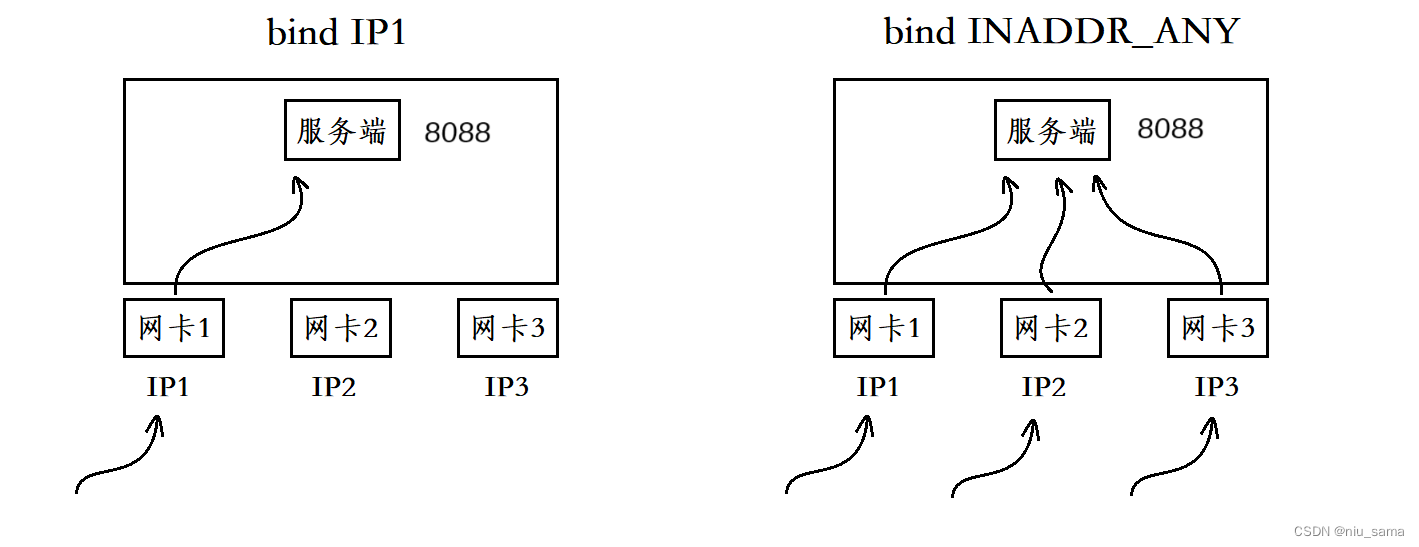目录
一、需求描述
二、具体操作步骤
三、知识点
1、systemstat
2、Actix
一、需求描述
需求:
1、需要使用Rust进行后端开发获取本机CPU和内存信息;
2、使用WEB框架发布API;
3、然后使用HTML/CSS/JavaScript进行前端开发,显示结果;
以下是一个简单的示例,展示了如何获取系统信息并使用Actix-Web提供API,然后在前端使用JavaScript来实时刷新数据。
二、具体操作步骤
修改Cargo.toml,添加用到的依赖
[dependencies]
systemstat = "0.2.3"
actix-web = "3.3.2"PS E:\RustroverProjects> cargo add systemstat
Updating crates.io index
Adding systemstat v0.2.3 to dependencies
Features:
- serde
- the_serde
Updating crates.io indexPS E:\RustroverProjects> cargo add actix-web
Blocking waiting for file lock on package cache
Updating crates.io index
Adding actix-web v3.3.2 to dependencies
Features:
+ compress
- open-ssl
- openssl
- rust-tls
- rustls
- secure-cookies
- secure-cookies
代码如下:
use std::thread;
use std::time::Duration;
use systemstat::{System, Platform, saturating_sub_bytes};
use actix_web::{get, web, App, HttpResponse, HttpServer, Responder};
async fn sys_info() -> String {
let sys = System::new();
let mut cpu_info = String::new();
let mut memory_info = String::new();
match sys.cpu_load_aggregate() {
Ok(cpu)=> {
println!("\nMeasuring CPU load...");
thread::sleep(Duration::from_secs(1));
let cpu = cpu.done().unwrap();
println!("\nCPU load: {}% user, {}% nice, {}% system, {}% intr, {}% idle ",
cpu.user * 100.0, cpu.nice * 100.0, cpu.system * 100.0, cpu.interrupt * 100.0, cpu.idle * 100.0);
cpu_info = format!("\nCPU load: {}% user, {}% nice, {}% system, {}% intr, {}% idle ",cpu.user * 100.0, cpu.nice * 100.0, cpu.system * 100.0, cpu.interrupt * 100.0, cpu.idle * 100.0);
},
Err(x) => println!("\nCPU load: error: {}", x)
}
match sys.memory() {
Ok(mem) => {
println!("\nMemory: {} used / {} ({} bytes) total ({:?})", saturating_sub_bytes(mem.total, mem.free), mem.total, mem.total.as_u64(), mem.platform_memory);
memory_info = format!("\nMemory: {} used / {} ({} bytes) total ({:?})", saturating_sub_bytes(mem.total, mem.free), mem.total, mem.total.as_u64(), mem.platform_memory);
},
Err(x) => println!("\nMemory: error: {}", x)
}
format!("CPU: {}\nMemory: {}", cpu_info,memory_info)
}
#[get("/")]
async fn hello() -> impl Responder {
HttpResponse::Ok().body("Hello world!")
}
#[actix_web::main]
async fn main() -> std::io::Result<()> {
HttpServer::new(|| {
App::new()
.service(hello)
.route("/api", web::get().to(sys_info))
})
.bind(("127.0.0.1", 8080))?
.run()
.await
}运行结果如下: 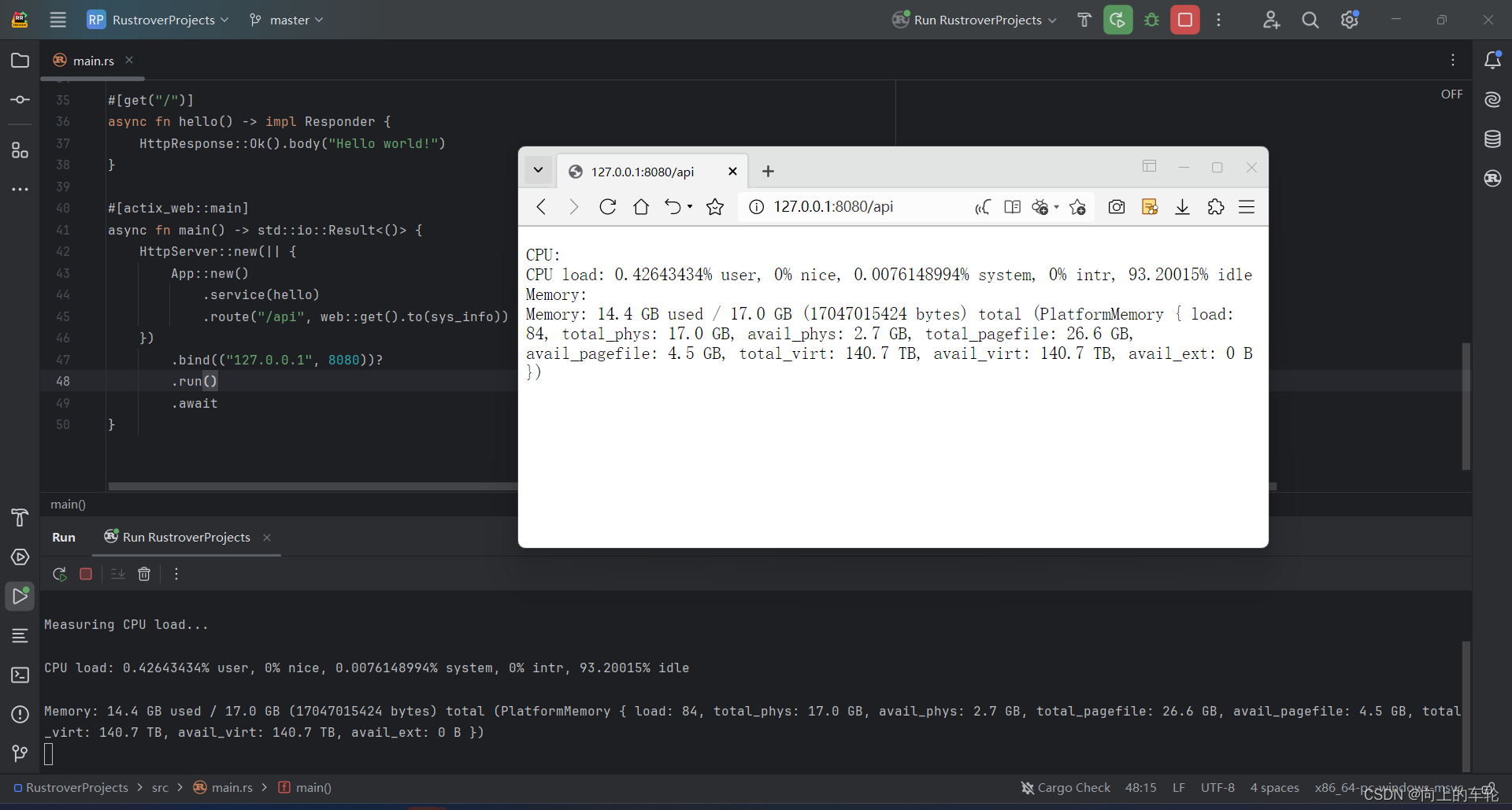

三、知识点
1、systemstat
This library provides a way to access system information such as CPU load, mounted filesystems, network interfaces, etc.
该库提供了一种访问系统信息的方法,如CPU负载、已安装的文件系统、网络接口等。
systemstat - RustThis library provides a way to access system information such as CPU load, mounted filesystems, network interfaces, etc.![]() https://docs.rs/systemstat/latest/systemstat/index.html
https://docs.rs/systemstat/latest/systemstat/index.html
2、Actix
Actix Web lets you quickly and confidently develop web services in Rust and this guide will get you going in no time.
Actix Web可以让您快速而自信地在Rust中开发Web服务,本指南将很快让您上手。
Getting Started | ActixInstalling Rust![]() https://actix.rs/docs/getting-started
https://actix.rs/docs/getting-started
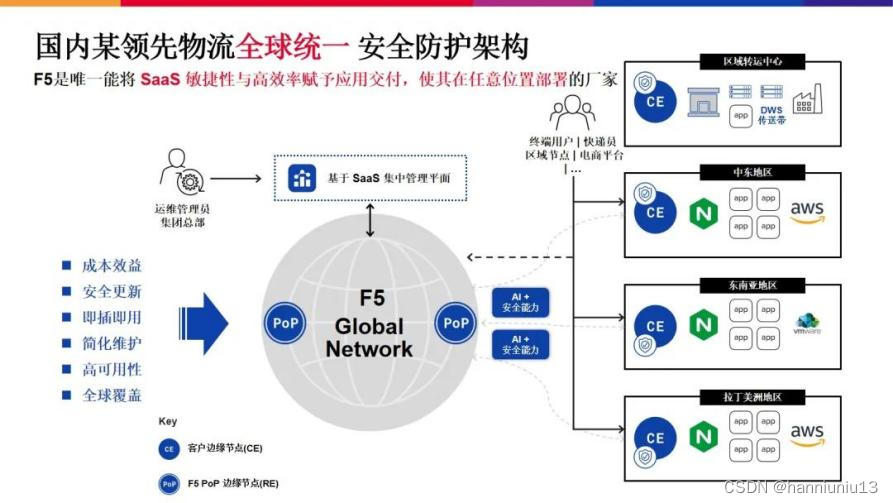


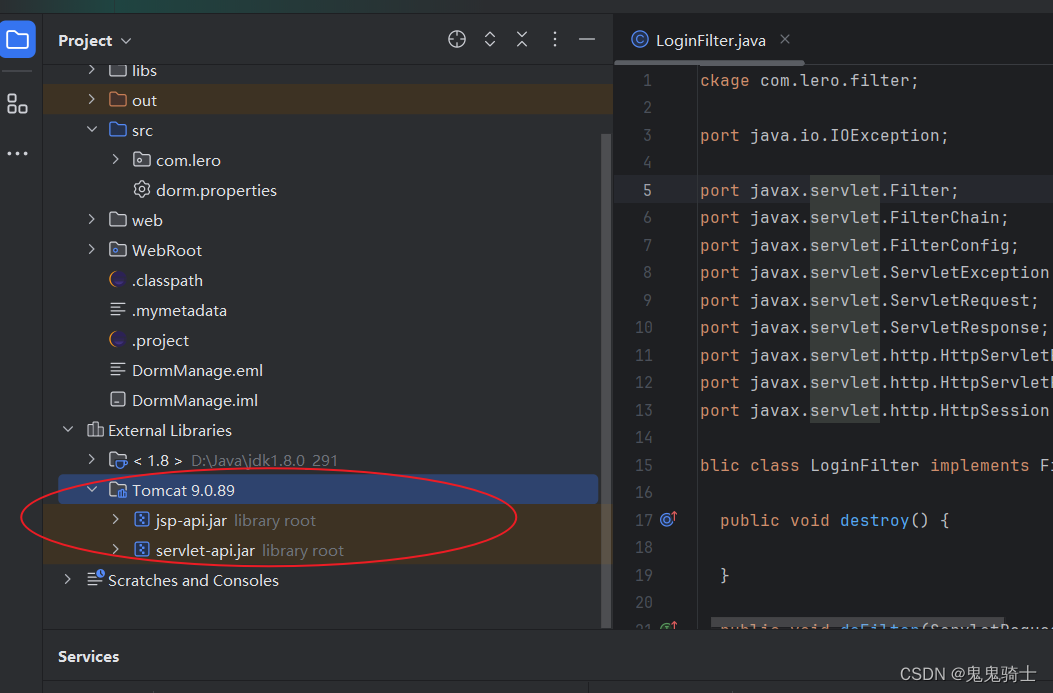
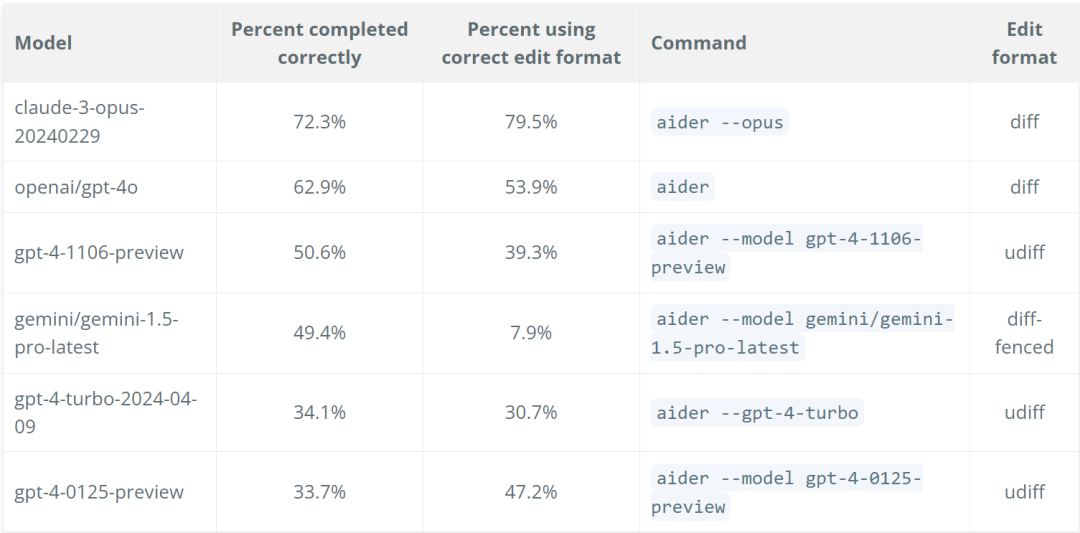





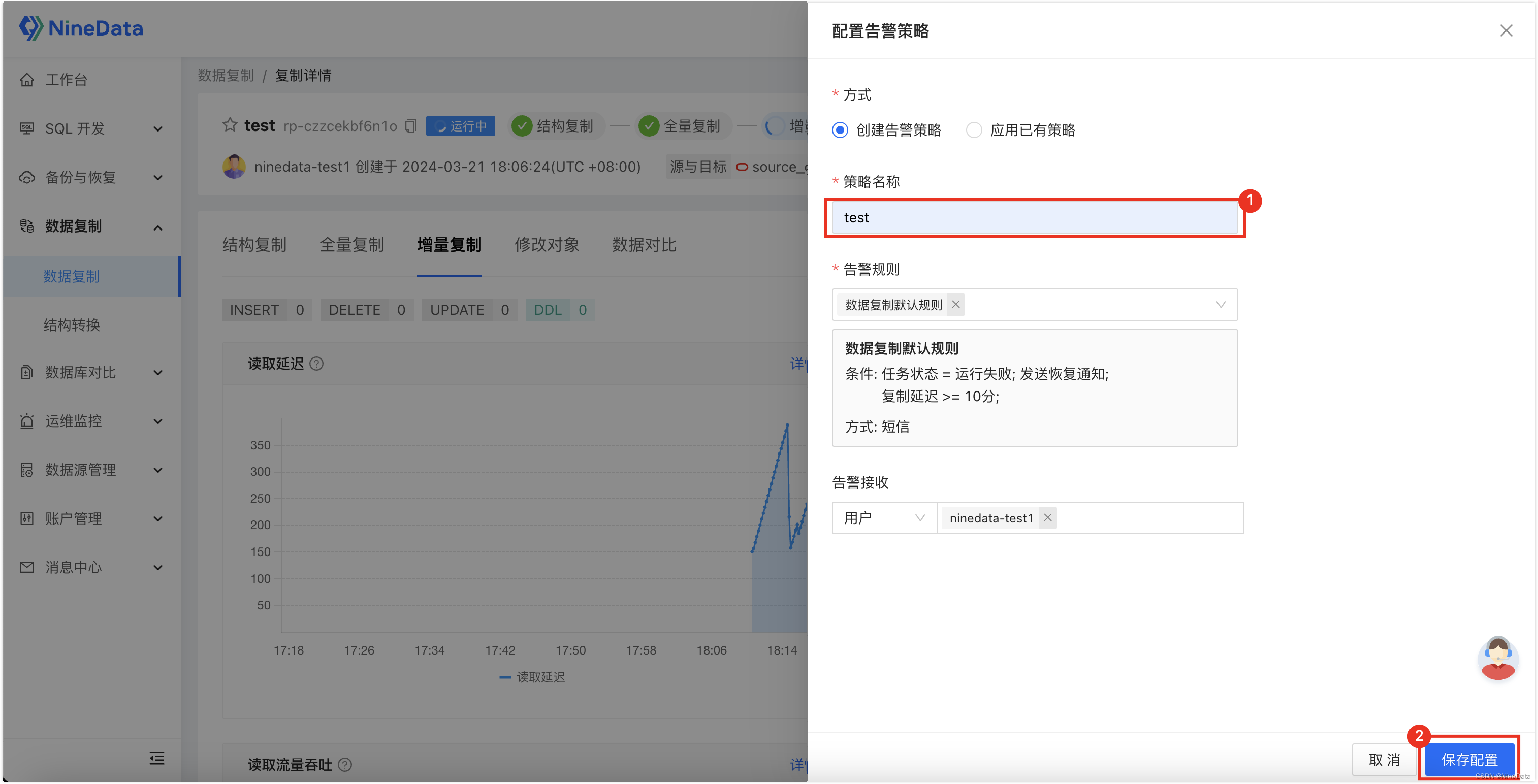

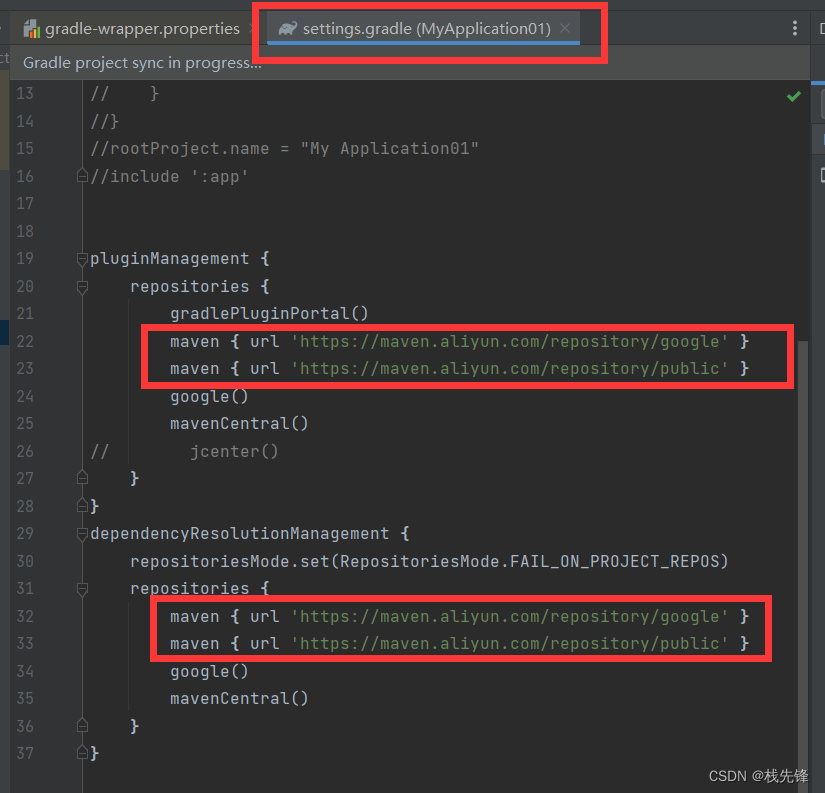
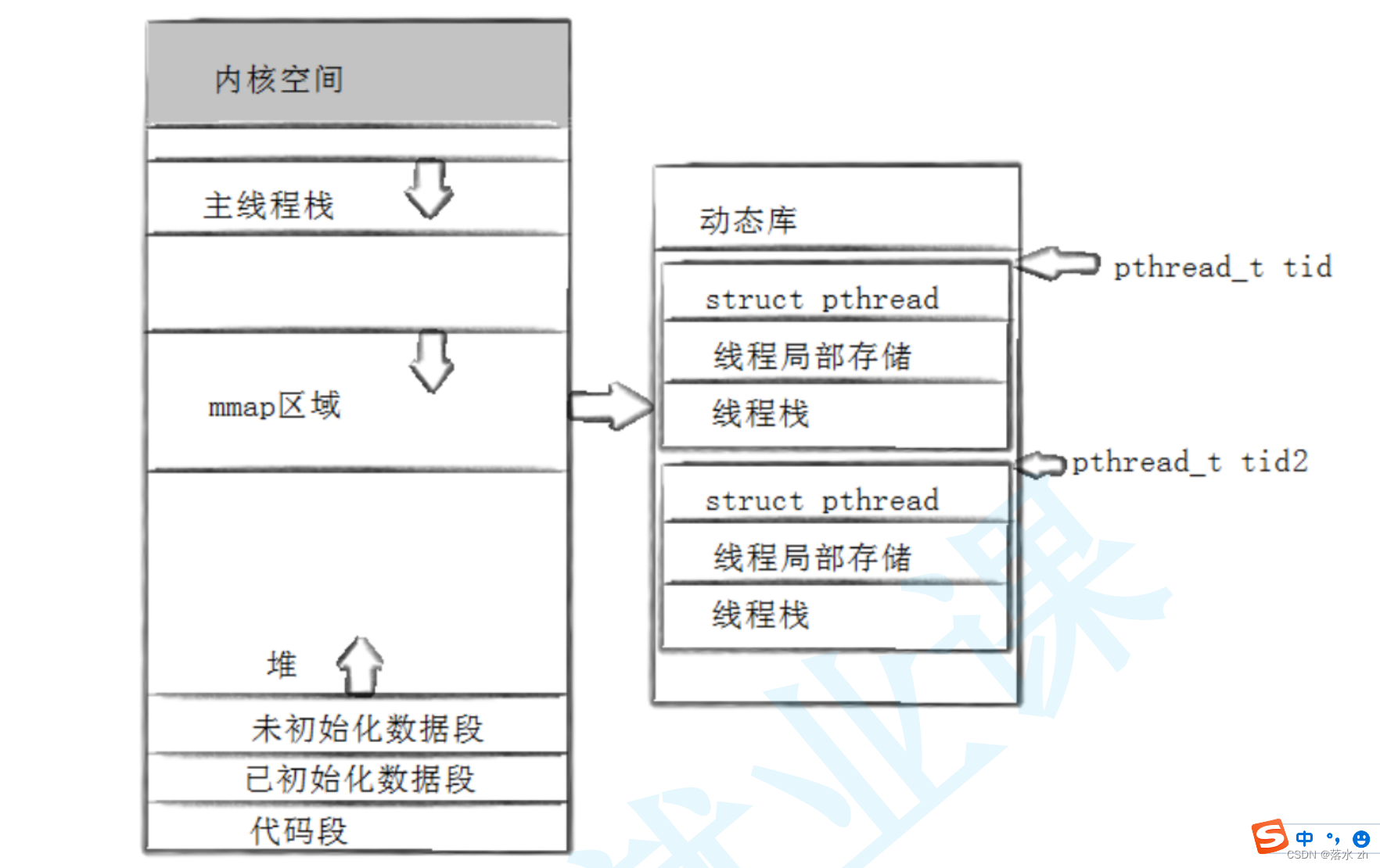

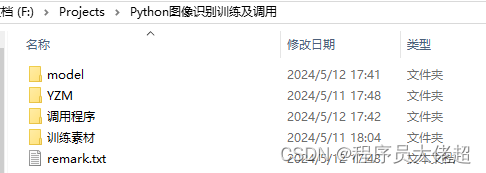
![[源码安装]](https://img-blog.csdnimg.cn/direct/1e000da225b94badac7b04d13348793c.png)
